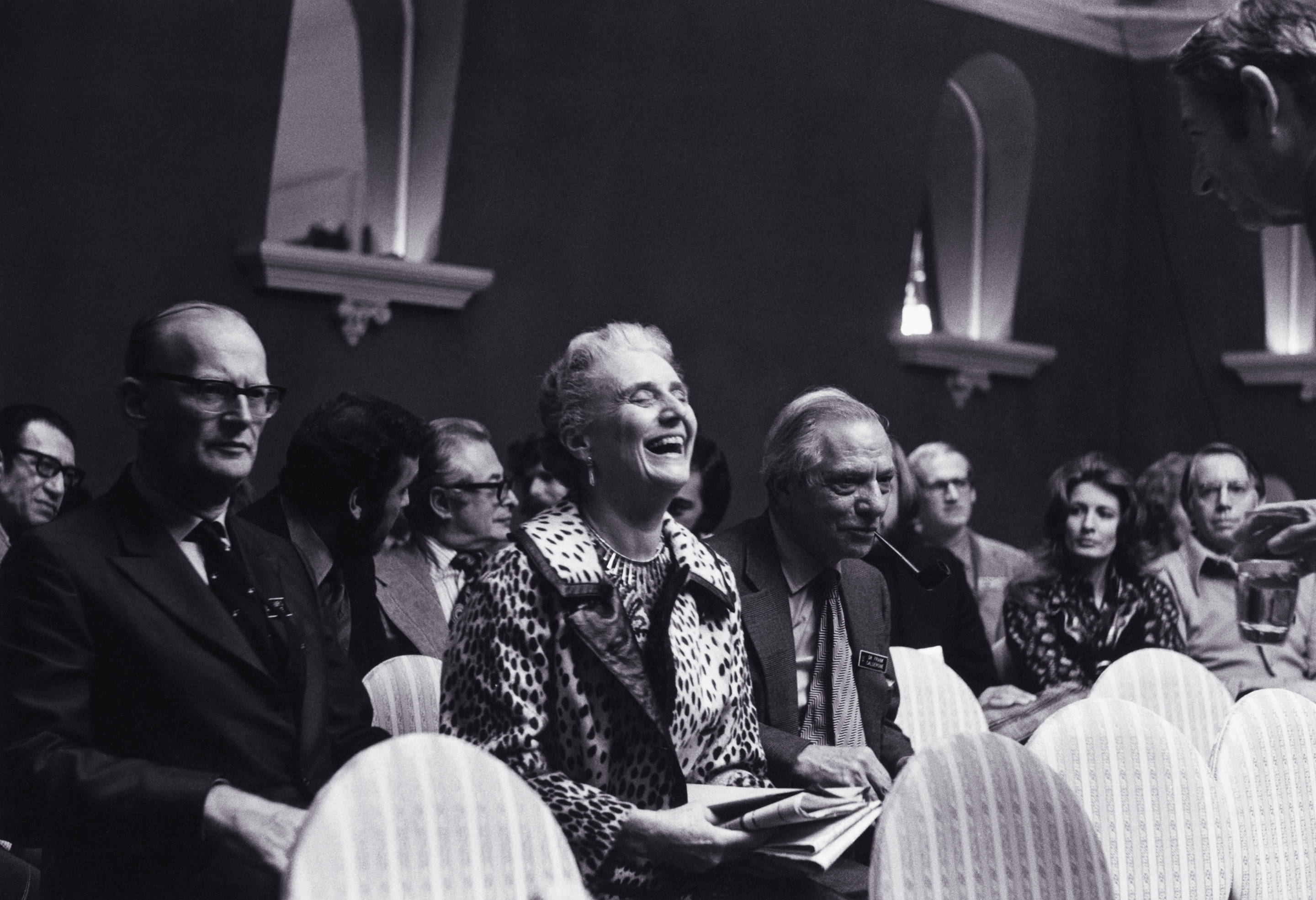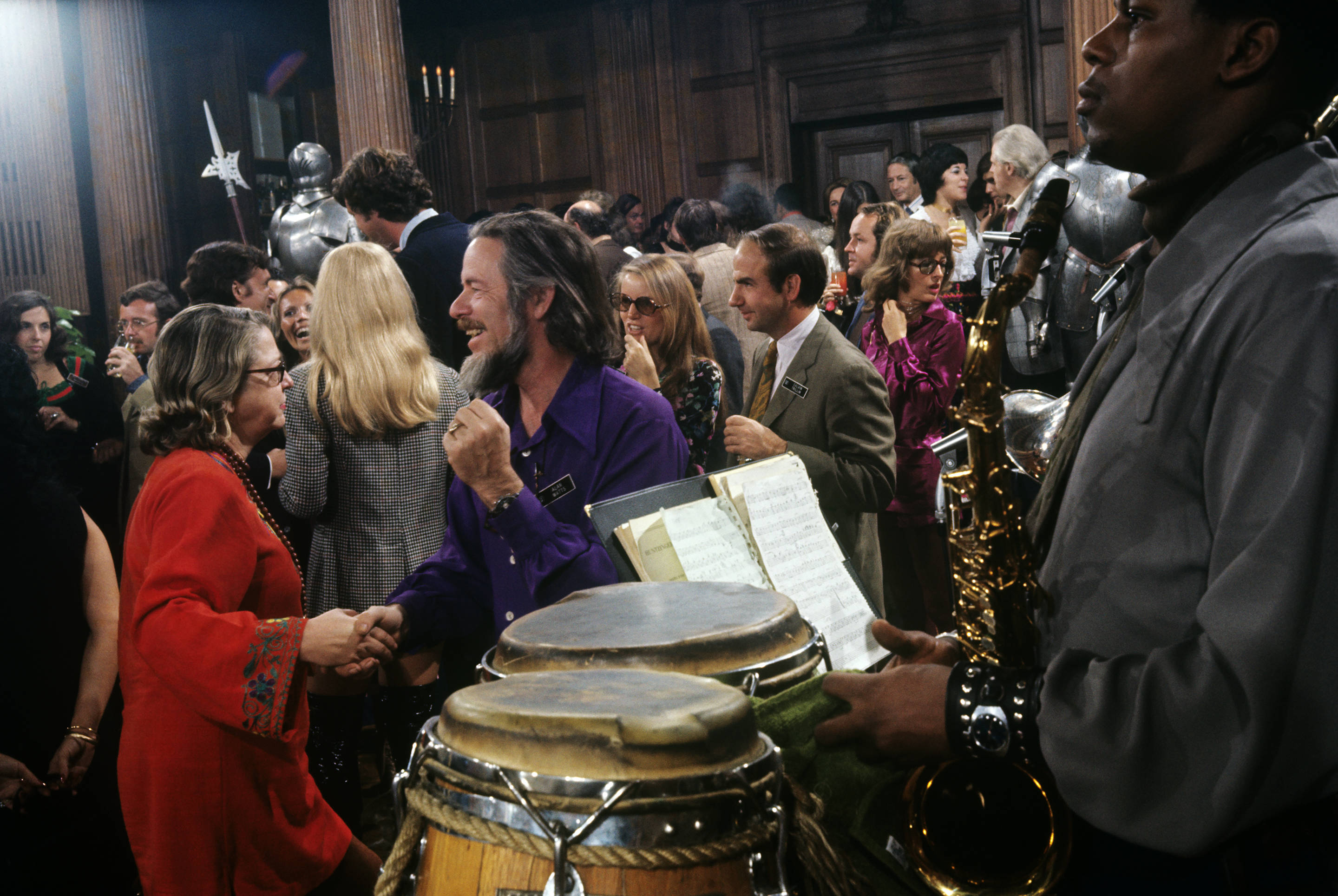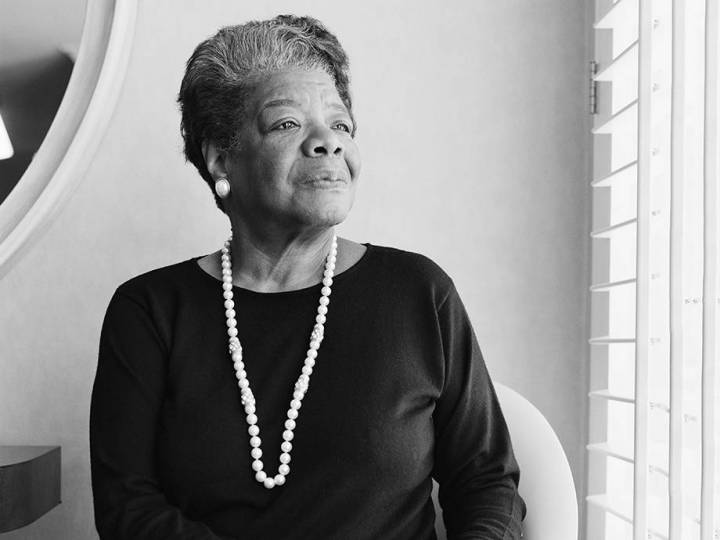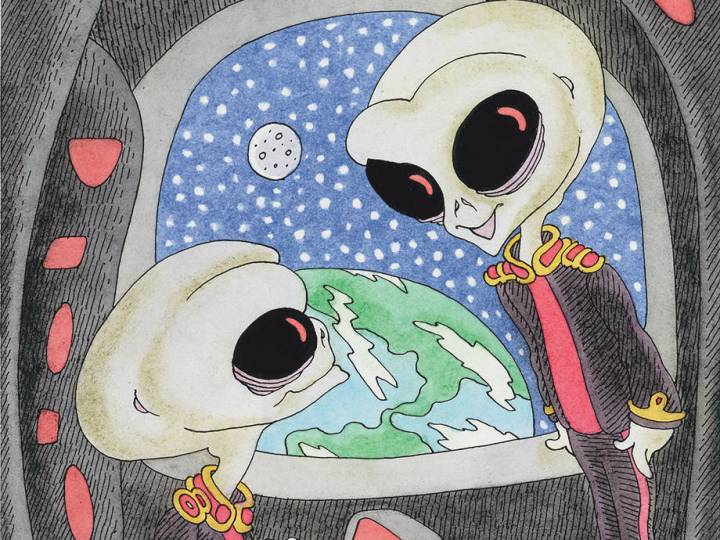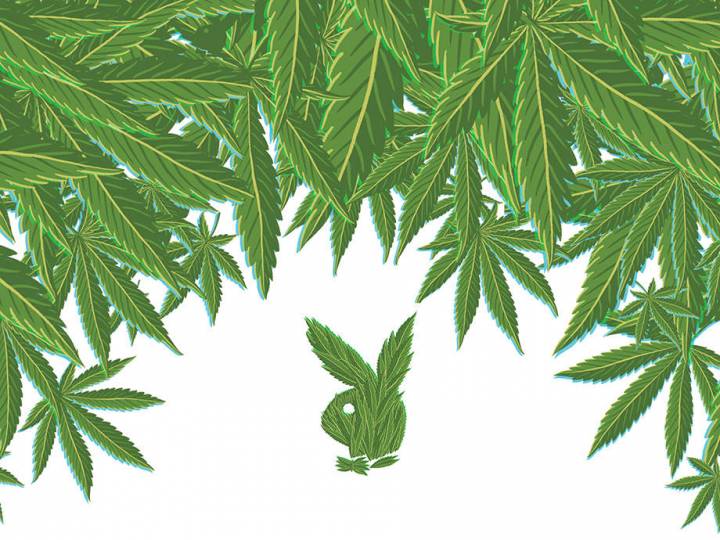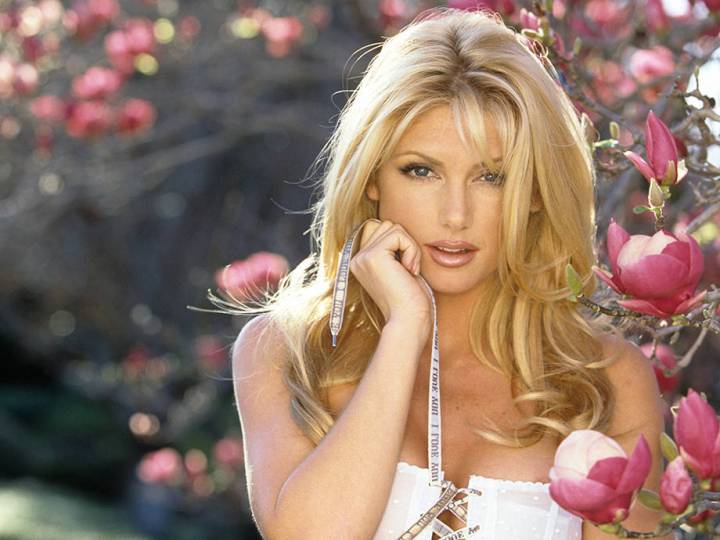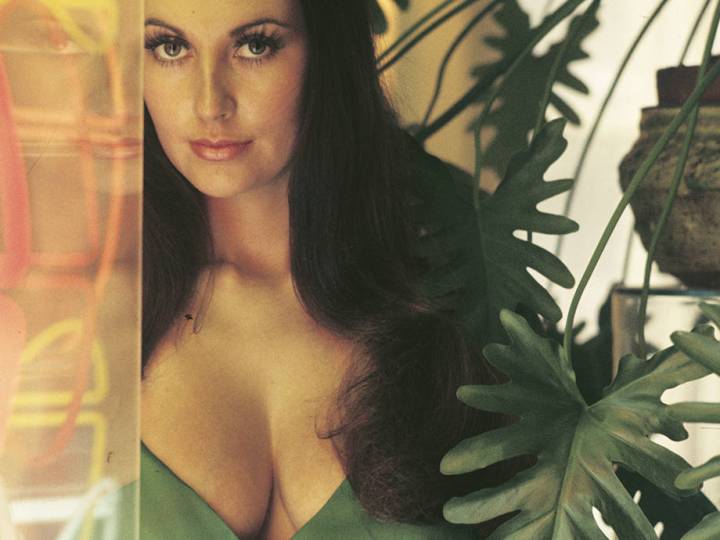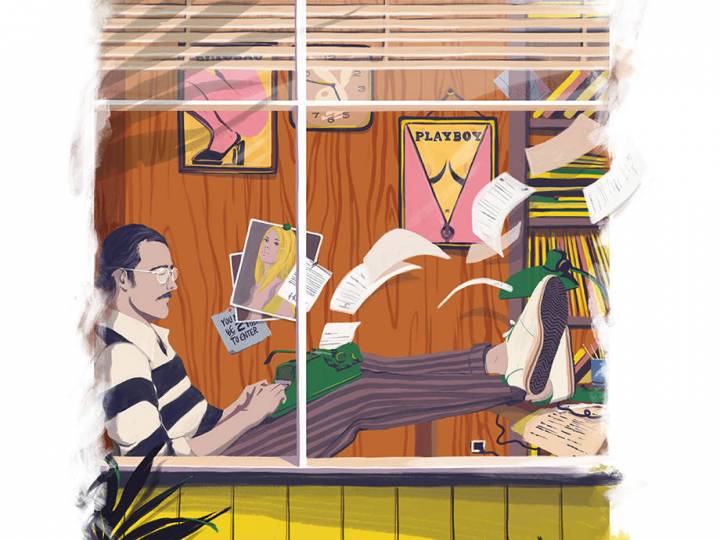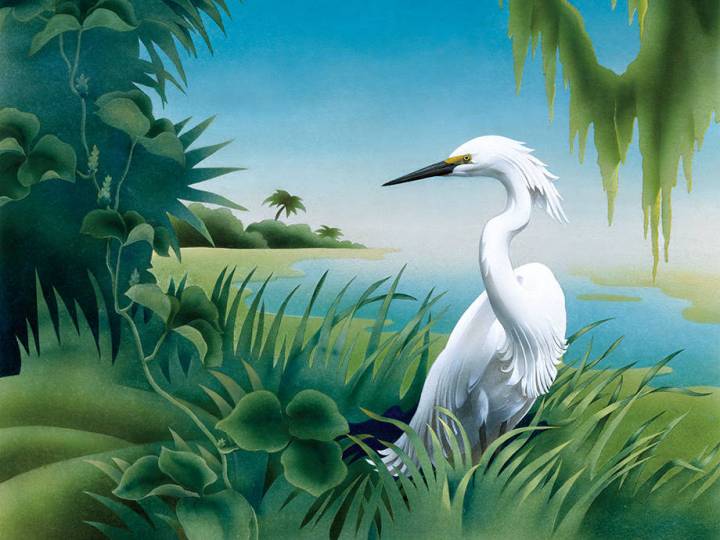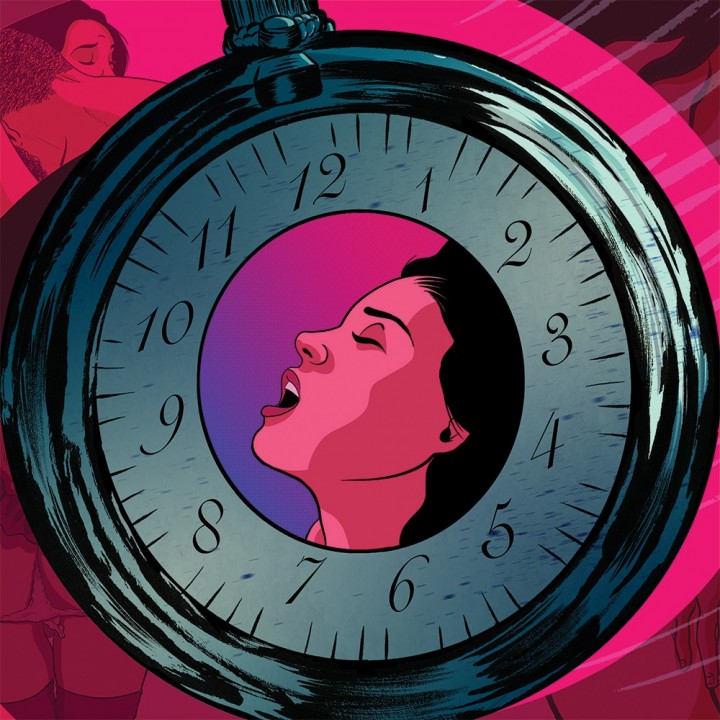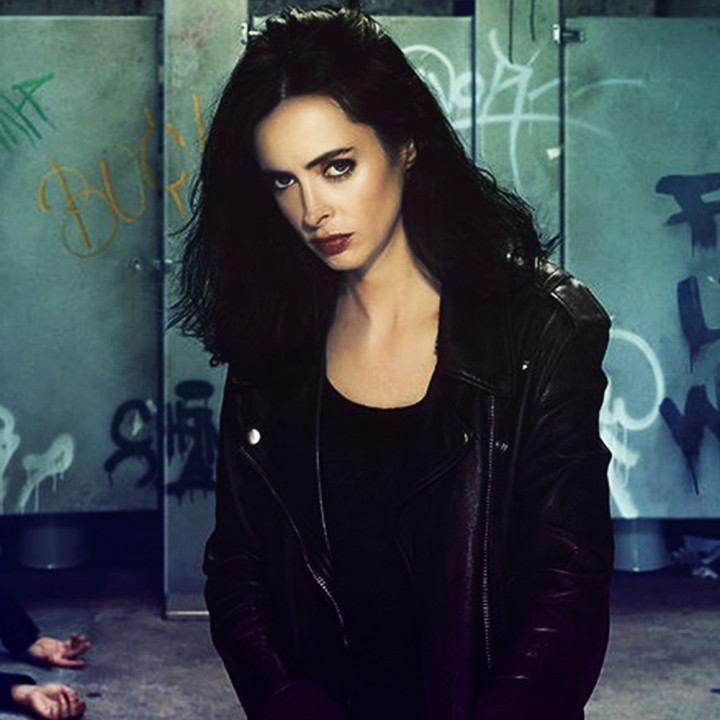
The Writers' Bloc
First, assemble the writers. Only grade A stock will do: Ray Bradbury, Gay Talese, Shel Silverstein, Michael Crichton and dozens more. Add a handful of equally notable activists, economists and academics such as Jesse Jackson, John Kenneth Galbraith and Virginia Johnson. Entice them with panel discussions, public readings and a lounge for private tête-à-têtes—plus evening parties at the Playboy Mansion and Playboy Clubs. Then muddle the whole thing in booze, courtesy of all-hours open bars.
More than 70 guests, plus spouses and dates, traveled from around the world to the Playboy Towers hotel in Chicago for three days of conversation and workshops—not to mention brunches and banquets—followed by an all-inclusive weekend after-party at the Lake Geneva Playboy Club. Founder and publisher Hugh Hefner declared the intent of the gathering to be threefold: “To have a good time, to explore ways in which we and our contributors might work more fruitfully together, and to learn what [they] think about Playboy.”
But for Barbara Nellis, who at the time worked in Playboy’s research department, the goal was simpler. “It was to bring glory, to say to other people that Playboy was not just a magazine with naked people in it,” she says. “It was a magazine with writers and with thinking.”
The convocation kicked off on a Wednesday morning with cocktails and a penthouse brunch, leading into an afternoon panel called “Beyond Journalism,” where editors and writers discussed the state of the media. Garry Wills, who went on to win a Pulitzer for his reporting, opined that the “new journalism” mingled fact with advocacy, while newspapers and broadcast news acted as pulpits for the establishment. Panels over the subsequent two days ranged from the personal to the political. Harvard economist Galbraith expounded on the Vietnam quagmire during a banquet speech, calling President Richard Nixon “a loser who happened to win.” And in a talk on “Paranoia: The New Urban Life Style,” the panelists themselves became subjects of scrutiny. Art Buchwald, Studs Terkel, Bruce Jay Friedman, Jules Feiffer and Brock Yates, three of them smoking cigars, speculated on the origins of paranoia, touching on the JFK assassination, a surfeit of news media and a rise in violent crime. Dr. Mary Calderone, a sex-education advocate and public health expert who had been the subject of a 1970 Playboy Interview, wryly commented from the audience that perhaps the real cause of paranoia was too much smoking.
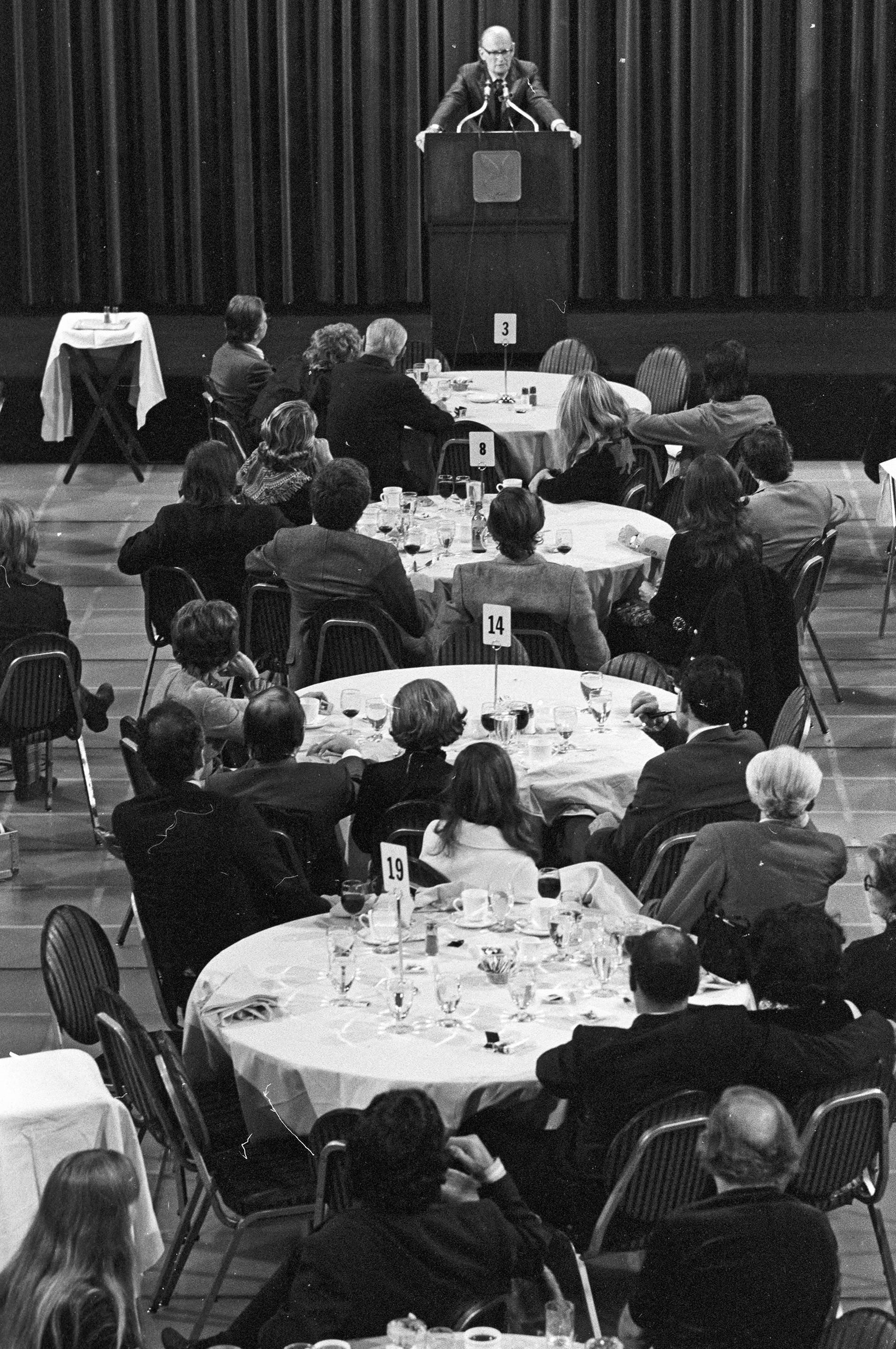

“Let me assure you that one did not have to be a male chauvinist to be hostile toward you,” Ephron wrote. “You earned their antagonism. I also suspect that in venting it at you, they were treating you not as a woman but as an equal.”
Calderone wrote back that she took Ephron’s critique seriously. “My impression was very simply that they may have listened to me but they did not hear me,” Calderone wrote. “Nor apparently did you.”
Guests didn’t shy away from debating Playboy's attitude toward women, recalls Stephen Yafa, who at that time had reported on college sexuality for the magazine. Yafa says that Talese and others had side conversations about whether Playboy empowered women to move up in the world or hurt them by treating them as sex objects. It was “an interesting exchange,” Yafa says, with no consensus.
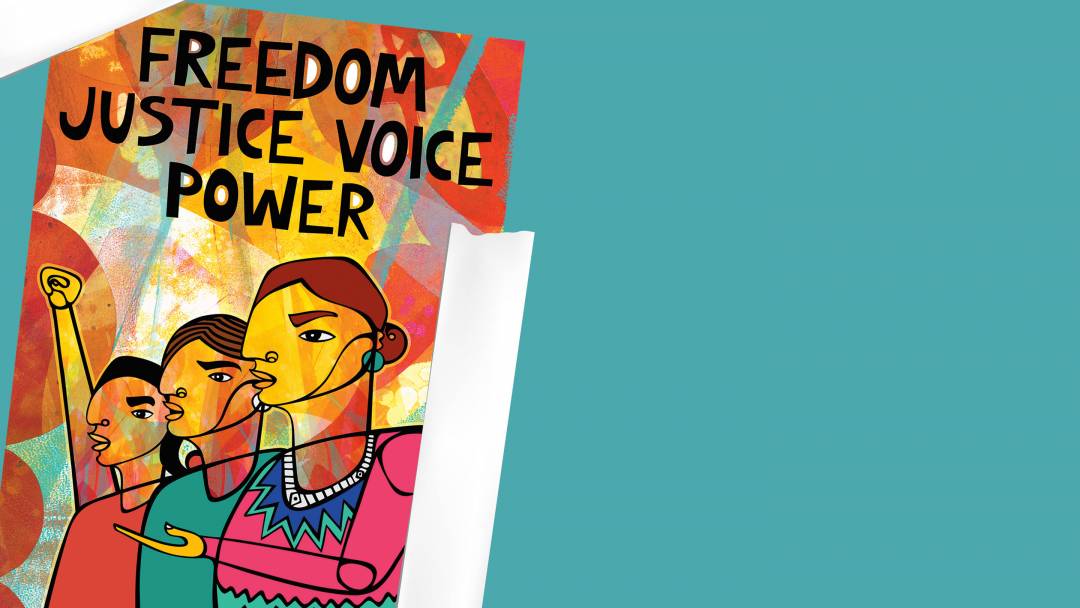
On Privilege and Freedom
The London-based activist and model on disestablishing normalized oppression
Meanwhile the younger crowd, including Michael Crichton and Yafa, retired to a more private room to smoke dope. Yafa remembers chatting and having a good time when he noticed some of the older guests walk by, holding glasses of bourbon and raising their eyebrows at the young men. “It was still kind of a renegade sport,” he says of their partaking.
A select few participants were asked to give readings from their works in progress. James Dickey, the 18th U.S. poet laureate and author of Deliverance, read a selection of his work, as did Irish short story writer Sean O’Faolain. Stanley Booth, who’d recently won Playboy’s award for best new nonfiction writer, read from his unfinished book on the Rolling Stones, which later became known as the definitive text on the band. Alex Haley, who had been a Playboy collaborator for nearly a decade, rounded out the group with a passage from his as-yet-unpublished novel Roots, which would become an American classic.
Journalist John Skow later wrote, “After hearing old Sean O’Faolain and Dickey and those two print-drunk obsessives, Booth and Haley, how could a man think of anything but being a writer?”
For Booth, writing for Playboy and receiving an invitation to the event were almost unfathomable pleasures. He had recently been arrested for growing marijuana in his Memphis backyard, and he was dazzled by Playboy’s hospitality and by the other attendees. “I met John Cheever, Roman Polanski, J.B. Priestley, Larry King—it turned out to be a hell of a thing,” he says.
Alex Haley, who had been a Playboy collaborator for nearly a decade, read a passage from his then unpublished novel Roots.
Even as the participants praised and thanked Playboy for hosting them, the media were not so kind. Newsweek called it a dull affair, The New York Times noted how rare it was for so many luminaries to assemble in one place with so little said about it, and city papers suggested it was ironic for Playboy to position itself as a serious purveyor of the written word. Clarke advised Spectorsky to ignore the negative coverage. To Clarke, the event was a rousing success, and he was sure that in the coming years the “intellectual cross-fertilization and stimulation” would bear fruit. At the very least, it yielded Playboy bylines for many of the writers who attended.
Harvey Kurtzman, the famed MAD cartoonist who created Little Annie Fanny for Playboy, had a different take on the press’s cold shoulder. He’d visited the Esquire offices, where all the staff expressed curiosity about the event. “And why not?” he wrote of their fascination. “I had such a good time, I know if I don’t give thanks, God will punish me.”
Maybe the rest of the print world was just sore they hadn’t been invited.
From the Sept/Oct 2018 Playboy.
